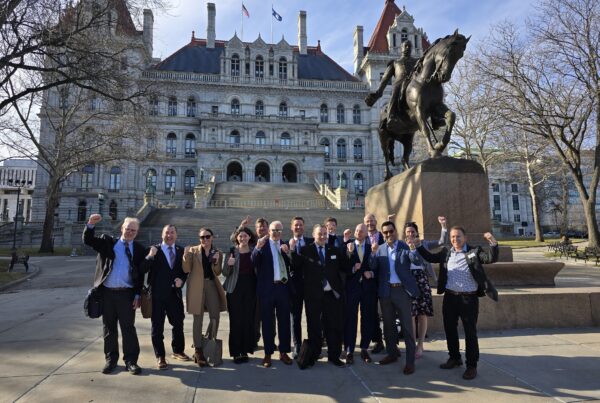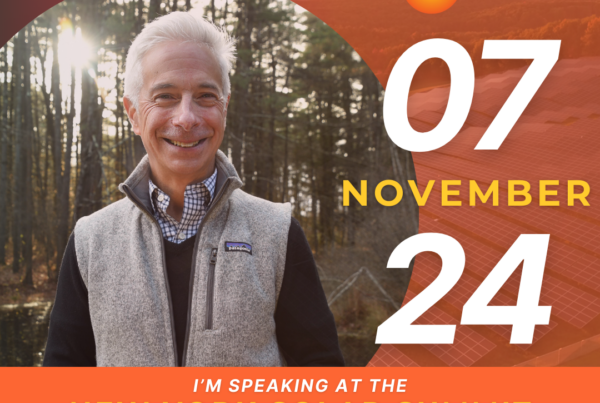Traditionally, the public relations industry has championed earned media as the gold standard. And while organic, third-party endorsements largely remain the primary focus for the industry and a key signifier of credibility and trust, sponsored coverage has become more common in recent years, especially within local markets and trade publications, as the digital landscape continues to disrupt traditional business models and the smaller news outlets struggle to compete in the new markets with less staff and restricted revenue streams. Some media outlets have gone so far as to require sponsorship or advertising agreements from all features apart from breaking news stories and sources.
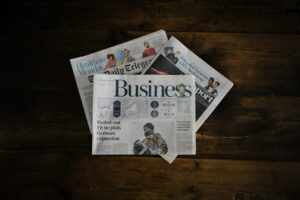
Photo by Annie Spratt on Unsplash
That said, there are specific instances where tactically selected paid content can yield substantial benefits. This approach is not about “buying” credibility, but rather about investing in opportunities that offer:
- Content Control: The ability to curate messaging, ensuring key brand narratives and insights are communicated directly and effectively to target audiences.
- Relationship Building: Leveraging sponsorship opportunities to build strong rapport with editorial contacts works to establish clients as trusted experts and sources which can facilitate future earned media opportunities.
Deciding when to pursue a paid content opportunity and which opportunities to pursue requires assessment and evaluation of several factors: First, ensure the platform’s reach aligns with the client’s target demographic; well-crafted content is ineffective if it doesn’t reach the intended audience. Secondly, the publication or platform must uphold a high standard of editorial integrity, prioritizing partnerships with well-regarded, credible outlets. And finally, the opportunity must contribute to a broader PR strategy, with the potential for sustained momentum, relationship building, and long-term brand equity rather than a standalone transaction.
With these guiding factors in mind, the next challenge is contributing content that upholds credibility and avoids the perception of overt marketing. To avoid the pitfalls of promotional content, sponsored contributorships should follow a similar framework to that of editorial content:
- Educational Focus: The content’s primary purpose should be to educate readers on a relevant topic, with the brand’s connection serving as a natural extension of its expertise. For example, instead of a direct product promotion, the focus might be “Understanding [Industry Trend] and How [Brand Expertise] Addresses It.”
- Problem-Solution: Identify common challenges relevant to the target audience and offer solutions or insights, leveraging the brand’s unique knowledge.
- Data-Driven: Showcase research, or real-world case studies, supported by date, to build authority and enhance the content’s informational value and support the brand’s expertise.
- Thought Leadership: Cultivate and present the client as an authoritative expert within their sector, offering distinct perspectives and industry forecasts.

Photo by Melanie Deziel on Unsplash
Here are three examples illustrating how we’ve successfully integrated paid content to achieve specific client objectives:
- The Power of Continuity
One of the significant challenges for any brand is maintaining consistent and impactful messaging over time. For Brooklyn SolarWorks a sustained educational presence in local media focusing on the complexities of solar energy adoption in New York City was important in establishing their expertise and guiding public understanding. But it was also challenging, given the shifts in news cycles and the “evergreen” nature of the topic.
To ensure continuity of coverage during periods when solar and its benefits were not top of mind with reporters, Sustainable PR developed a three-month campaign with the Brooklyn Daily Eagle. This initiative extended beyond a standalone advertisement; it was a meticulously planned series of articles designed for continuous coverage in Brooklyn SolarWorks’ target market. Sustainable PR helped Brooklyn SolarWorks develop a comprehensive content calendar, dedicating each of the three-monthly editorial features to critical aspects of solar energy in NYC. Aligning their service offerings with current city policies and incentives was critical in creating content that was editorial in nature, and not promotional, so as not to undermine the article’s credibility.
Brooklyn Daily Eagle’s editorial team reviewed, edited, and published these submissions. This collaborative process fostered a deep familiarity with Brooklyn SolarWorks and its services among the editorial staff. In the months following the campaign’s conclusion, New York State’s solar policies underwent significant shifts. While policy updates were in discussion, many media outlets hesitated to report until definitive decisions were formalized. In contrast, the Brooklyn Daily Eagle’s editorial team, informed by their prior engagement, recognized the immediate community impact of these changes. This established relationship enabled Brooklyn SolarWorks to have a contributed op-ed on the matter swiftly published, providing timely and authoritative information to their readership – a testament to how sustained paid partnerships can organically lead to invaluable earned media.
- Narrative Control and Content Creation
In certain scenarios, the distinct advantage of paid content lies in the ability to exert complete control over the narrative and delve into specific, nuanced topics. For our client, Paired Power, we identified an opportunity with the “Charged Up” podcast to delve deep into the nuances of Paired Power’s PairTree and PairFleet products and how their microgrid technology operates
Opting for a sponsored segment, rather than a conventional interview format with its inherent unpredictability and focus on broader industry trends, allowed us to tailor the conversation to focus more heavily on the nuances of Paired Power’s offerings and the unique value-add their technology brings to the grid and Paired Power customers. Paired Power had an opportunity to differentiate themselves amongst competitors in the market and speak to the specifics of their microgrid technology and custom demand charge software. Such precision and control surrounding key messages is nearly impossible in earned opportunities.
The investment was efficient in not only communicating in depth analysis to Paired Power’s target demographic, but in refining message points in an engaging audio-visual format that was then able to be shared across marketing channels.
- Credibility by Association
Not all impactful “paid” opportunities manifest as traditional editorial placements. Some of the most valuable investments are those that facilitate rigorous, third-party validation and association with highly trusted entities. This was the case for Nichols Farms when they were invited to submit products for the Good Housekeeping Snack Awards in 2025.
While a submission fee and product samples were prerequisites, this payment did not guarantee inclusion. The Good Housekeeping Institute maintains a rigorous evaluation process. The team’s
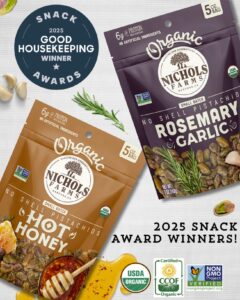
via Nichols Farms’ Instagram
registered dietitians and culinary experts, in conjunction with over a thousand consumer testers, analyze hundreds of submissions, scrutinizing ingredient lists, nutrition facts, packaging claims, and flavor profiles to select each year’s winners.
This vetting process, conducted by a globally recognized brand synonymous with consumer trust, results in an unparalleled level of credibility and market visibility. Nichols Farms’ nominations culminated in the prestigious title of “Best Organic Pistachios” for their Hot Honey and Rosemary Garlic organic flavors. This recognition represents a widely acknowledged and highly regarded endorsement that resonates with consumers, showcasing the perfect example of a paid award which maintains legitimacy through strict vetting, maintaining credibility in the marketplace.
At Sustainable PR, we recognize that when executed thoughtfully, paid content can complement traditional PR efforts. When approached with a clear objective, a commitment to editorial integrity, and a focus on delivering genuine audience value expand reach, sponsored content can reinforce brand authority without compromising integrity and act as an accelerant for amplifying brand messages and cultivating media relationships to expand a brand’s presence and strengthen their credibility.
